Leica M9 - Members' Experiences
02nd May 2025
In: News, Members' Articles
Leica Fellowship Members’ Experiences with the Leica M9
An article on the excellent MACFILOS website about the introduction of the Leica M9 in 2009 has spurred some members to review and renew their relationship with this camera. Our article gives a personal view of the importance of the camera to members of the Fellowship. But we'll start by giving you the link to the MACFILOS article.
The article:
https://www.macfilos.com/2024/05/24/leica-m9-looking-back-to-a-turning-point-in-camera-history/
describes very well the importance of what was a milestone in the history of the Leica Ms.
Leica had introduced a digital rangefinder body when they introduced the Leica M8. However, this had a smaller sensor than the 35mm format and, while there were lenses that could be used as equivalents to the key focal lengths used in all the film M series, it did not really meet the need for a Leica M body that matched the lenses most users owned. Now there were also ‘features’ of the M8 that caused some problems to potential users because of colour casts. Having outlined those issues it is still worth saying that the M8 can still produce fine results today; particularly B&W images.
Back to the M9; the camera’s major change over the M8 was the inclusion of a ‘full frame’ sensor.
Many users of the M9 also found that the rendering from this sensor gave particularly pleasing results. David Askham outlines these below.
The most important thing about the M9 for many of us was it gave us the ability to continue to use an M series for what the cameras are so good at – documentary and ‘street’ photography. We include some examples of such pictures in this article.
The camera then suddenly became plagued by sensor protection-screen failures that could make files unusable. A number of well known Leica users, including our own Don Morley raised this as a catastrophic failure in Leica’s reputation so that the company introduced a sensor replacement programme. Again David talks about this in his section of the article. The webmaster had the sensor replaced in his M9 and still has the camera today so we include some photographs taken recently. These show that, despite the major improvements that we have seen in subsequent models up to the M11 with its high performing CMOS 60 megapixel sensor, the M9 is still capable of producing excellent pictures that can satisfy the demands of most of us with its 18.5 megapixel CCD sensor.
We have a lot of photographs we can show you so we will make this a 2 part article.
David Askham’s M9
My M9 was fine …
… Until users started to report problems with their sensors. It manifested itself with a kind of corrosion around the edges of the sensor. Not all sensors suffered. Mine didn't. But I was persuaded to trade it for the MP Type 240 before my sensor failed. I often regret that decision, especially when Leica eventually produced an improved replacement sensor.
My appreciation of my M9 files occurred long after our parting, while delving into my archives. It was my first experience of using my M-mount lenses on a Leica digital full-frame body, notwithstanding its relatively low-resolution CCD 18.5mp sensor. Made by Kodak, it yielded colours akin to those we grew accustomed to when using Kodak films in analogue times. That was uncanny, but it was a view shared by many users. It became my most-used camera at that time, and I missed it.
Here are some photographs, all of which were captured on a Leica M9.
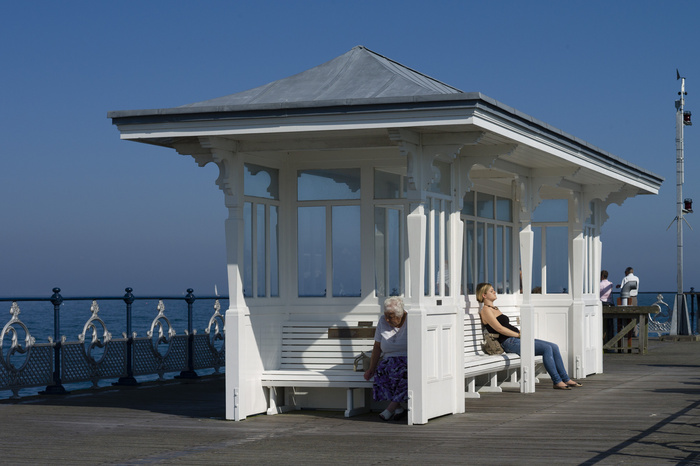
Keith Walker - Sun & Shade
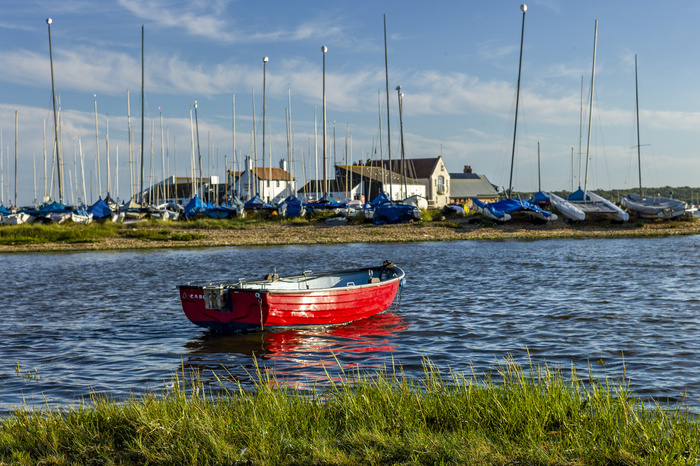
Keith Walker - Mudeford Nr Christchurch
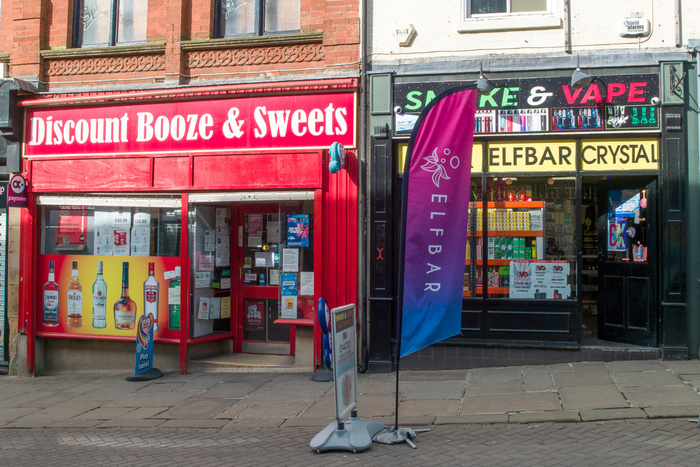
Ken Davis - Chesterfield Shops - February 2025
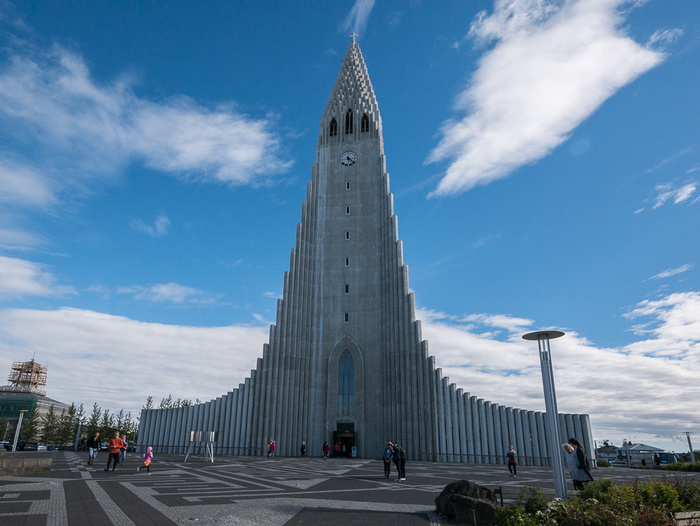
Ken Davis - Church - Reykjavik
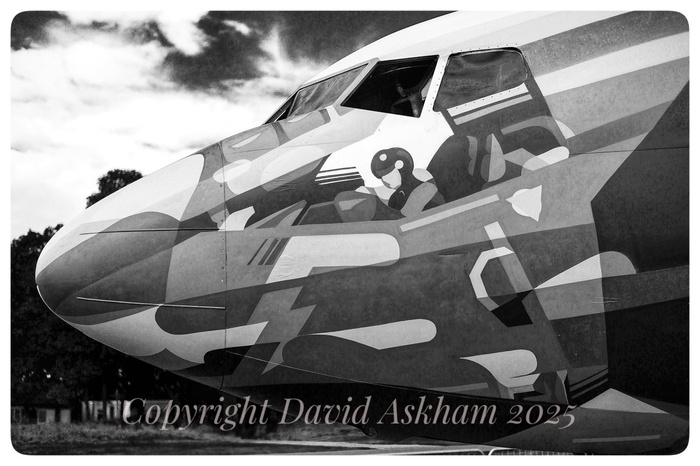
David Askham - Illusion
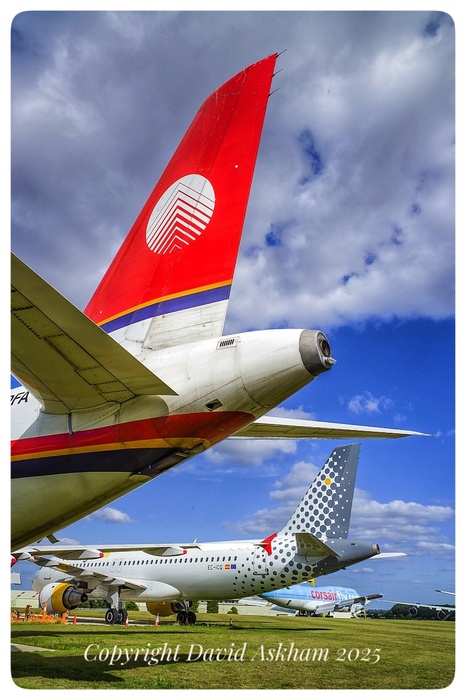
David Askham - Fins

David Askham - Blue Eyes
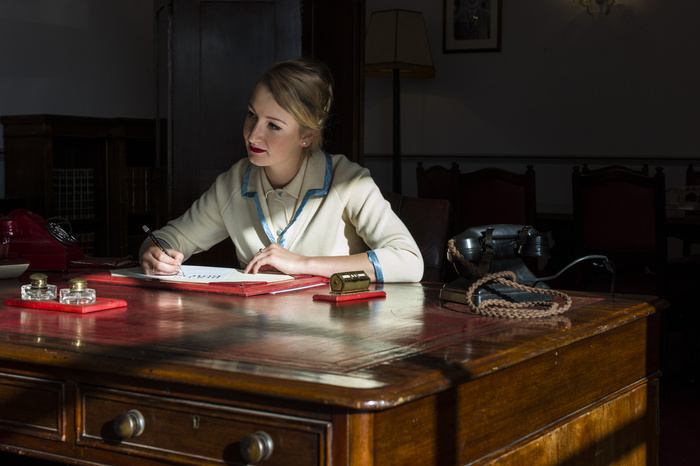
Keith Walker - Contemplation

Cled Lewis - Market

Cled Lewis - Portrait
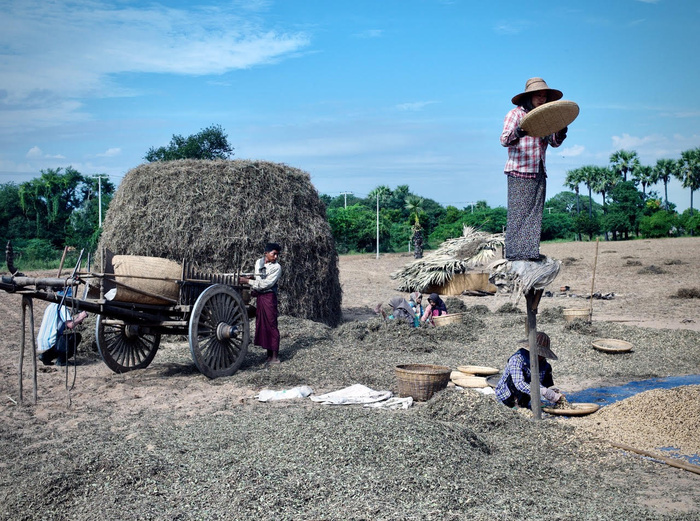
Cled Lewis - Harvesting The Crop

Ken Davis - Anti-theft Protection

Ken Davis - Cafe - Seville
An article on the excellent MACFILOS website about the introduction of the Leica M9 in 2009 has spurred some members to review and renew their relationship with this camera. Our article gives a personal view of the importance of the camera to members of the Fellowship. But we'll start by giving you the link to the MACFILOS article.
The article:
https://www.macfilos.com/2024/05/24/leica-m9-looking-back-to-a-turning-point-in-camera-history/
describes very well the importance of what was a milestone in the history of the Leica Ms.
Leica had introduced a digital rangefinder body when they introduced the Leica M8. However, this had a smaller sensor than the 35mm format and, while there were lenses that could be used as equivalents to the key focal lengths used in all the film M series, it did not really meet the need for a Leica M body that matched the lenses most users owned. Now there were also ‘features’ of the M8 that caused some problems to potential users because of colour casts. Having outlined those issues it is still worth saying that the M8 can still produce fine results today; particularly B&W images.
Back to the M9; the camera’s major change over the M8 was the inclusion of a ‘full frame’ sensor.
Many users of the M9 also found that the rendering from this sensor gave particularly pleasing results. David Askham outlines these below.
The most important thing about the M9 for many of us was it gave us the ability to continue to use an M series for what the cameras are so good at – documentary and ‘street’ photography. We include some examples of such pictures in this article.
The camera then suddenly became plagued by sensor protection-screen failures that could make files unusable. A number of well known Leica users, including our own Don Morley raised this as a catastrophic failure in Leica’s reputation so that the company introduced a sensor replacement programme. Again David talks about this in his section of the article. The webmaster had the sensor replaced in his M9 and still has the camera today so we include some photographs taken recently. These show that, despite the major improvements that we have seen in subsequent models up to the M11 with its high performing CMOS 60 megapixel sensor, the M9 is still capable of producing excellent pictures that can satisfy the demands of most of us with its 18.5 megapixel CCD sensor.
We have a lot of photographs we can show you so we will make this a 2 part article.
David Askham’s M9
My M9 was fine …
… Until users started to report problems with their sensors. It manifested itself with a kind of corrosion around the edges of the sensor. Not all sensors suffered. Mine didn't. But I was persuaded to trade it for the MP Type 240 before my sensor failed. I often regret that decision, especially when Leica eventually produced an improved replacement sensor.
My appreciation of my M9 files occurred long after our parting, while delving into my archives. It was my first experience of using my M-mount lenses on a Leica digital full-frame body, notwithstanding its relatively low-resolution CCD 18.5mp sensor. Made by Kodak, it yielded colours akin to those we grew accustomed to when using Kodak films in analogue times. That was uncanny, but it was a view shared by many users. It became my most-used camera at that time, and I missed it.
Here are some photographs, all of which were captured on a Leica M9.

Keith Walker - Sun & Shade

Keith Walker - Mudeford Nr Christchurch

Ken Davis - Chesterfield Shops - February 2025

Ken Davis - Church - Reykjavik

David Askham - Illusion

David Askham - Fins

David Askham - Blue Eyes

Keith Walker - Contemplation

Cled Lewis - Market

Cled Lewis - Portrait

Cled Lewis - Harvesting The Crop

Ken Davis - Anti-theft Protection

Ken Davis - Cafe - Seville